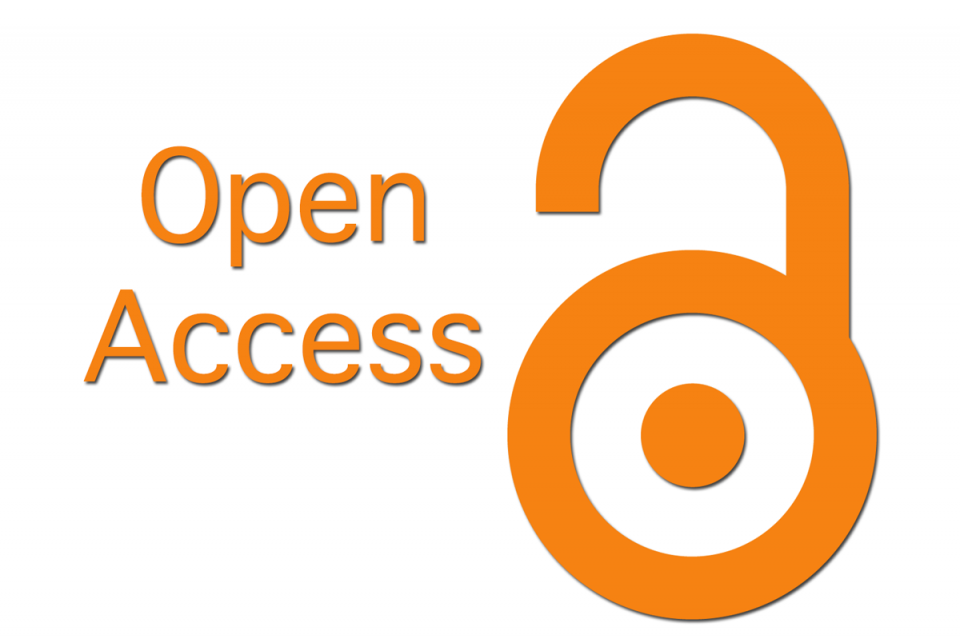INDIRECT WAY OF EXPRESSING THE MEANING AS A SIGN OF THE SITUATION OF EXTORTION
Abstract
The article is dedicated to such an indirect way of expressing the meaning, as the regular hint used for the encoding of "dangerous" topics by the participants in the dialogue in situations of extortion. The empirical materials are the calls of people who were plotting and conducting criminal activities that qualify under Art. 163 of the Criminal Code. The fragments of the author's expertise of the materials from the relevant criminal proceedings are used in the article. In connection with this a number of problems stated for the expert linguist can be questioned. These are the issues about the threat expressed in the ambiguous contexts and its peculiarities; about the demand for the payment of money to the extorted and the infliction in case of non-fulfillment of such requirements; about the conspiracy of the extortionists, about the group character of the extortion committed and others. Some of these issues may be impractical because of the regular hint existing in the dialogues in the situations of extortion, the other may go beyond the professional competence of an expert linguist.Downloads
Metrics
References
Баранов, А. Н. Лингвистическая экспертиза текста: теория и практика: учеб. пособие/А. Н. Баранов. -М.: Флинта: Наука, 2007.
Контекст: ...Намек формирует «имплицитную составляющую, непонимание которой может привести к коммуникативной неудаче» [1, с. 218].
Бринев, К. И. Теоретическая лингвистика и судебная лингвистическая экспертиза: монография/К. И. Бринев; под редакцией Н. Д. Голева. -Барнаул: АлтГПА, 2009.
Контекст: ...в юридической лингвистике и связывает это, в частности, с тем, что на глубинном уровне отсутствует необходимость привлечения специальных познаний при расследовании правонарушений, в состав которых входит угроза [2, с. 43].
Долинин, К. А. Имплицитное содержание высказывания/К. А. Долинин//Вопросы языкознания. -1983. -No 4 -С. 92-97.
Контекст: ...о содержание, которое прямо не воплощено в узуальных лексических и грамматических значениях языковых единиц, составляющих высказывание, но извлекается или может быть извлечено из последнего при его восприятии» [3, с. 37].
Кобозева, И. М. Об одном способе косвенного информирования/И. М. Кобозева, Н. И. Лауфер//Изв. АН СССР, Сер. литературы и языка. -1988. -Т. 47. -No 5. -С. 462-470.
Контекст: ...Определение категории намека, характеристика основных свойств ситуации намека, типовые способы намекания рассматриваются в статье И. М. Кобозевой и Н. И. Лауфер «Об одном способе косвенного информирования» [4].
Copyright (c) 2017 Юрислингвистика

This work is licensed under a Creative Commons Attribution 4.0 International License.
The authors, which are published in this journal, agree to the following conditions:
1. Authors retain the copyright to the work and transfer to the journal the right of the first publication along with the work, at the same time licensing it under the terms of the Creative Commons Attribution License, which allows others to distribute this work with the obligatory indication of the authorship of this work and a link to the original publication in this journal .
2. The authors retain the right to enter into separate, additional contractual agreements for the non-exclusive distribution of the version of the work published by this journal (for example, to place it in the university depository or to publish it in a book), with reference to the original publication in this journal.
3. Authors are allowed to post their work on the Internet (for example, in a university repository or on their personal website) before and during the review process of this journal, as this may lead to a productive discussion, as well as more links to this published work (See The Effect of Open Access).










